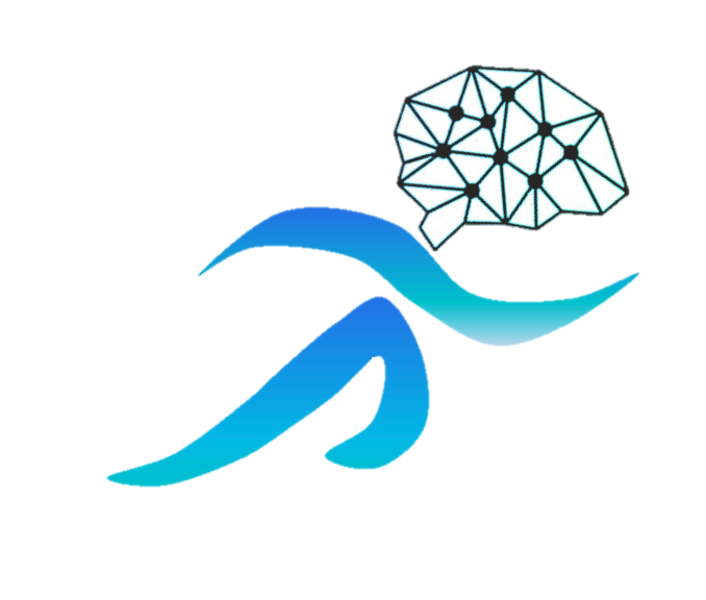New Publication: SMS-text messaging for collecting outcome measures after acute stroke
Congratulations to LTNr members for their new publication in Frontiers in Digital Health entitled, “SMS-text messaging for collecting outcome measures after acute stroke”, which examines a promising method (SMS-text) for gathering outcomes after acute stroke! SMS-text can be used to evaluate the efficacy of acute stroke treatments at scale and help to keep providers in …
Read more “New Publication: SMS-text messaging for collecting outcome measures after acute stroke”
